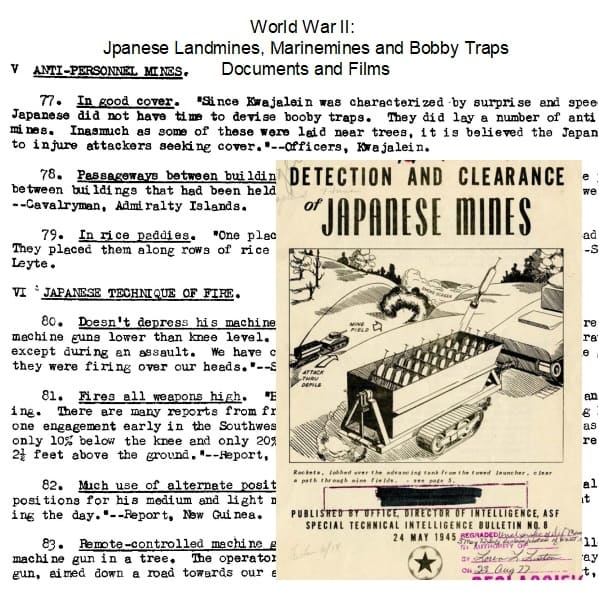
WWII: Japanese Landmines, Sea Mines & Booby Trap Documents & Films
$19.50
Category: War Files
Tags: Japanese Landmines, Sea Mines, world war 2, World War II, WWII
Description
Japanese Explosive Ordnance Intelligence: WWII Timeline and Cast
- December 12, 1943: The War Department’s Military Intelligence Division releases “Japanese Infantry Weapons, Special Series, Number 19.” This study provides a concise description of Japanese infantry weapons, including grenades and landmines.
- May 1944: Supreme Headquarters, Allied Expeditionary Force, Office of Assistant Chief of Staff, G2, produces “Technical Intelligence Summary (Enemy Weapons and Equipment), No. 1.” This is the first in a series of summaries designed to provide up-to-date technical intelligence on enemy equipment, including mines, to lower formations.
- 1944: The Division of Naval Intelligence, Mine Warfare Section, Base Maintenance Division, produces “ONI 223D: Mine Warfare.” This pamphlet aims to familiarize personnel with modern mining and minesweeping operations, including types of mines, minefields, minelayers, and minesweepers.
- 1944 (specific date not given, likely mid-year): A 19-minute film titled “Japanese Grenades and Mines” is created by the Army’s Office of the Chief Signal Officer. This film describes and demonstrates the use, operation, and decommissioning of six Japanese explosive weapons, including various mines.
- September 1944 – August 1945: The War Department’s Military Intelligence Service publishes “Intelligence Bulletin Volume III, Numbers 1,2-10,11” (10 issues). These bulletins provide intelligence on foreign military forces, covering weapons, strategy, and tactics.
- August 8, 1944 – April 5, 1945: Engineer headquarters, Fifth Army, publishes “Engineer Technical Bulletin Volumes 22-29” (8 issues). These bulletins cover a range of engineer-related topics, including mines, booby traps, demolitions, and other field defense works.
- January 1, 1945: The United States Army, 6th, publishes “Japanese Land Mines.” This compilation summarizes information on Japanese landmines encountered to date, emphasizing the need for troops to be alert for new enemy developments in mine warfare.
- March 23, 1945: G2, USAFPOA, releases “Intelligence Bulletin, Number 12,” covering Pacific Theater actions during World War II, including the Iwo Jima operation, Japanese weapons, and tactics.
- April 1945: The Engineer Section, Headquarters Eighth Army, publishes “Engineer Intelligence Bulletin No. 2.” This bulletin includes the latest trends in Japanese mines and obstacle tactics, covering operations like the Cebu and Zamboanga landings, and noting the increasing number of mines and improving mine techniques used by the enemy.
- April 15, 1945: The Office of the Headquarters, Fleet Marine Force, Pacific, publishes “Annex How to Fourth Marine Division Operations Report, Iwo Jima: RCT 25 Report.” This report details the activities of Combat Team Twenty-Five, 4th Marine Division, during the entire Iwo Jima Operation.
- May 1, 1945: Headquarters, European Theater of Operations, United States Army, produces “Battle Experiences Against the Japanese.” This pamphlet compiles material on combat methods used by and against the Japanese, designed to be valuable for individuals and smaller units.
- May 24, 1945: The Office, Director of Intelligence, ASF, publishes “Detection and Clearance of Japanese Mines” (Special Technical Intelligence Bulletin Number 8). This bulletin highlights the increasing use of mines by the Japanese in the Pacific, noting that their mines have “radically different” characteristics from German models, complicating clearance efforts and requiring new equipment and cooperation from the field.
- 1945 (specific date not given, but after April): The Engineer Section, Headquarters Eighth Army, publishes “Engineer Intelligence Bulletin No. 3.” This bulletin focuses on specific information regarding Japanese land mines and fortifications obtained during operations in the Southwest Pacific Area (SWPA), detailing improvised mines, controlled minefields, and booby traps.
- June 11, 1945: The Joint Intelligence Center Pacific Ocean Areas releases “Japanese Antitank Warfare, ‘Know Your Enemy!’ CinCPac-CinCPOA Bulletin 144-45.” This document provides pertinent data on Japanese antitank tactics and weapons.
- 1945 (specific date not given, likely around the same time as other Iwo Jima reports): The United States Marine Corps, 4th Division, 4th Engineer Battalion, produces “Annex King to Fourth Marine Division Operations Report, Iwo Jima: 4th Engineer Battalion Report.” This report details the battalion’s activities during the Iwo Jima operation, including planning, landing, narrative of operations, mine removal, and road construction, with photographs and illustrations of Japanese mines.
- August 15, 1945: The United States Office of the Chief of Naval Operations publishes “Handbook of Japanese Explosive Ordnance (OpNav 30–3M).” This manual, a reprint with minor revisions from a Southwest Pacific Area publication, is designed to instruct personnel in the recognition of dangerous ordnance.
- Ongoing through 1944-1945: Films from the National Archives at College Park, Maryland – Motion Pictures Section, with a total of 39 minutes, are created/compiled covering the disarming of Japanese bombs and mines, showing action on Guam and Iwo Jima.
Cast of Characters
The sources provided are primarily intelligence and technical documents, thus they do not name specific individuals as “characters” in the traditional sense. Instead, the “principled people” are the organizations and their personnel responsible for the creation and dissemination of these critical intelligence and technical materials during World War II.
- War Department’s Military Intelligence Division:
- Role: Responsible for producing intelligence studies and bulletins, such as “Japanese Infantry Weapons, Special Series, Number 19” and the “Intelligence Bulletin Volume III” series, to inform military personnel about enemy forces.
- Supreme Headquarters, Allied Expeditionary Force, Office of Assistant Chief of Staff, G2:
- Role: Produced technical intelligence summaries like “Technical Intelligence Summary (Enemy Weapons and Equipment), No. 1,” aimed at providing up-to-date information on enemy equipment to lower military formations.
- Division of Naval Intelligence; Mine Warfare Section, Base Maintenance Division:
- Role: Authored “ONI 223D: Mine Warfare,” a pamphlet designed to educate naval personnel on modern mining and minesweeping operations and to aid in observing and analyzing enemy mine warfare activities.
- Office of the Chief Signal Officer (Army):
- Role: Responsible for creating instructional films, such as “Japanese Grenades and Mines,” to visually demonstrate enemy weapons and their decommissioning.
- Engineer Headquarters, Fifth Army:
- Role: Published the “Engineer Technical Bulletin Volumes 22-29,” providing essential information on engineer-related topics including mines, booby traps, and demolitions for troops in the field.
- United States Army, 6th:
- Role: Compiled and published “Japanese Land Mines,” a crucial resource for troops on the ground, alerting them to the characteristics and dangers of enemy mine warfare.
- Office, Director of Intelligence, ASF:
- Role: Published specialized technical intelligence bulletins like “Detection and Clearance of Japanese Mines,” addressing specific challenges posed by unique Japanese ordnance and coordinating efforts for effective counter-measures.
- United States Marine Corps, 4th Division, 4th Engineer Battalion:
- Role: Produced detailed operational reports, such as “Annex King to Fourth Marine Division Operations Report, Iwo Jima: 4th Engineer Battalion Report,” documenting their experiences with mine removal and other engineering tasks during key battles.
- Headquarters, European Theater of Operations, United States Army:
- Role: Produced pamphlets like “Battle Experiences Against the Japanese,” synthesizing combat methods and their effects under various conditions, sharing lessons learned across theaters.
- Engineer Section, Headquarters Eighth Army:
- Role: Published “Engineer Intelligence Bulletin No. 2” and “No. 3,” providing updates on Japanese mine and obstacle tactics, techniques, and specific examples from operational areas like Cebu, Negros Occidental, and Zamboanga.
- G2, USAFPOA (United States Army Forces, Pacific Ocean Areas):
- Role: Published intelligence bulletins like “Intelligence Bulletin, Number 12,” covering broad Pacific Theater actions, including key operations like Iwo Jima, and enemy tactics and weapons.
- Joint Intelligence Center Pacific Ocean Areas (CinCPac-CinCPOA):
- Role: Released documents such as “Japanese Antitank Warfare, ‘Know Your Enemy!’ CinCPac-CinCPOA Bulletin 144-45,” providing specific intelligence on enemy anti-armor capabilities and tactics.
- Office of the Headquarters, Fleet Marine Force, Pacific:
- Role: Published operational reports, such as “Annex How to Fourth Marine Division Operations Report, Iwo Jima: RCT 25 Report,” detailing the combat activities of specific Marine units during major operations.
- United States Office of the Chief of Naval Operations:
- Role: Published crucial recognition manuals like “Handbook of Japanese Explosive Ordnance (OpNav 30–3M),” designed to instruct personnel in identifying dangerous ordnance.
- Mobile Explosives Investigation Unit No. 1 (Southwest Pacific Area, under Commander, Seventh Fleet):
- Role: Originally authored a field publication, “Japanese Explosive Ordnance,” which was later revised and reprinted as the “Handbook of Japanese Explosive Ordnance,” indicating their frontline expertise in ordnance identification.
Related products
-

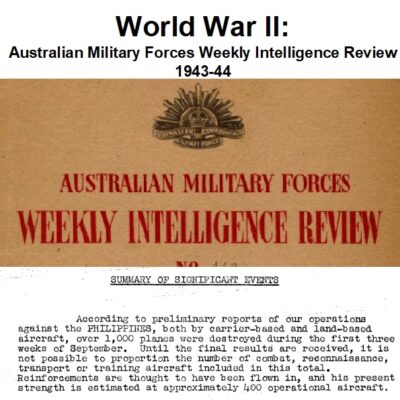
World War II: Australian Military Weekly Intelligence Reports 1943-44
$3.94 Add to Cart -

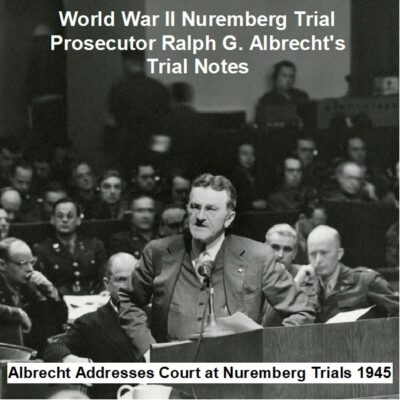
Trial Notes of Ralph G. Albrecht, Prosecutor at the Nuremberg Trials of World War II
$3.94 Add to Cart -
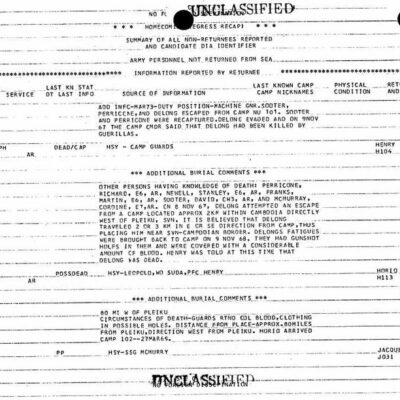
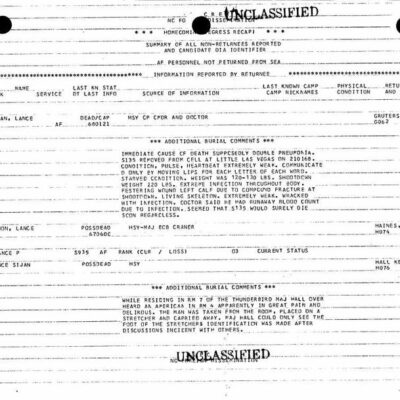
Vietnam War: POW/MIA Summary of All Reported Non-Returnees
$19.50 Add to Cart -
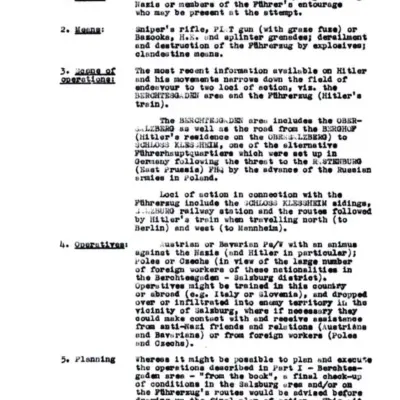
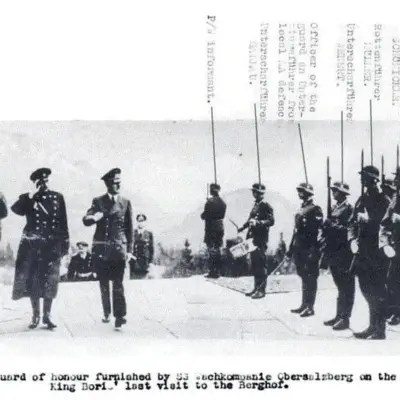
World War II: Adolf Hitler and Operation Foxley – British Assassination Plot
$19.50 Add to Cart